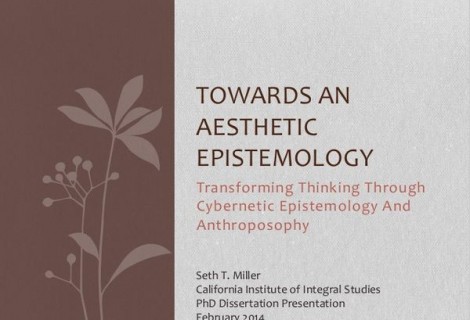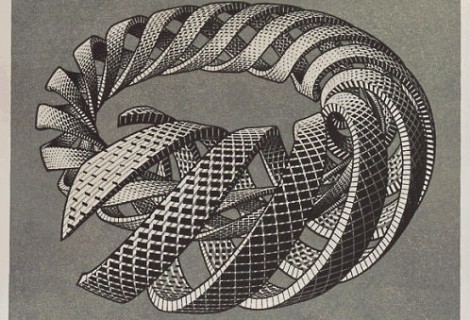Patterns in Process: Transdisciplinarity as a Background for Working with the Elemental Cycle of Transformation
« Previous Page | 1 2 3 4 5 6 7 | View All | Next Page »
Jung and Archetypes
In the psychological literature, Jung’s idea of individuation seems to be a major inspiration, showing up in a number of works as a way to contextualize the transformative process (Bachant, 1974; Boyd, 1994; Kay, 2005; Kenney, 2007; Linehan, 2003; Persaud, 2000). Jung, who recontextualized alchemy as a language of the unconscious, recognizes the existence of patterns beyond the individual psyche, arising from a collective unconscious of humanity. Alchemical works were seen as forays into the collective unconscious as an early sort of psychology, and the alchemist’s task was linked directly to the process of individuation. Moreover, Jung identified some of the recurrent contents of the collective unconscious, calling them archetypes, such as the Hero, the Trickster, Rebirth, the Wise Old Woman, and, more importantly, the Shadow, Self, anima, and animus.
The Elemental Cycle, as I understand it, has an archetypal nature that is similar to, but also somewhat distinct from the Jungian sense of the term. Elucidating this difference is tricky. Jung, in his later years, distinguishes between the archetypes and archetypal representations (Jung, 1959b, p. 83). The elemental cycle, inasmuch as it relies upon the particularity of images associated with the four elements, is an archetypal representation (this is why the alchemical language is not required to speak about the archetype at work in the elemental cycle—the active realm standing behind this particular representation has an essentially infinite number of possible expressions in consciousness). The archetype itself remains unseen, and cannot be directly represented within normal human consciousness (whether this remains true for all possible states of consciousness is an open question), whereas archetypal representations are always mediated by consciousness (Jung, 1959b, pp. 83-84). Indeed, we can simply say that archetypal representations, as the term suggests, arise through the particular meeting of the individual consciousness and the trans-individual archetype itself.
Jung makes a distinction between different unconscious contents by pointing out the reciprocal polarity that exists between the instinctual and spiritual in the human being. If the conscious life is represented as the visible spectrum of light, then the instinctual realm—the infrared—arises out of the part of the unconscious that is connected to matter, which “gradually passes over into the physiology of the organism” (Jung, 1959b, p. 85). Similarly, the spiritual in the human being—the ultraviolet—arises out of the part of the unconscious that is connected to the spiritual realm. Both the material and spiritual realms are transcendent, and cannot be directly grasped in the psychic realm (the visual spectrum). The material realm, when it comes into contact with the psyche, produces an instinctual consciousness. We could also say that when consciousness traces itself back through what appears to it instinctually, it necessarily fades out and disappears into the material of the organism. A similar situation exists on the ultraviolet side of consciousness, where we encounter not matter, but the archetypes, which are equally transcendent of the psychic realm as matter itself. Archetypes are thus spiritual in nature (Jung, 1959b, p. 86).
In his works, Jung almost exclusively (and by his own admission (Jung, 1959b, p. 85)) deals with the archetypes in a way that is directly linked to human experiences. Indeed, the archetypes are even seen as having their home in the collective unconscious, which “designates all the structural and functional areas which are common to the human psyche per se” (De Laszlo, 1959, p. ix). Jung does not speak about archetypes in a way that attempts to move beyond or connect to realms outside the human psyche—archetypes are always applied to human beings.
The Elemental Cycle certainly applies to human consciousness, and indeed can be thought of as a way in which to structure human consciousness. At the same time, it appears that when structured in this way, the same pattern can be perceived in transformative processes which are manifestly not human in nature or origin, such as the growth of a plant, atmospheric phenomena, or quantum mechanical processes. In this sense, the Elemental Cycle, as an archetype, seems to operate in a transhuman way, despite the condition that its perception takes place in human consciousness. Jung would not apply the archetype of the Mother to, say, a river, whereas the Elemental Cycle has no trouble working in this kind of arena.




